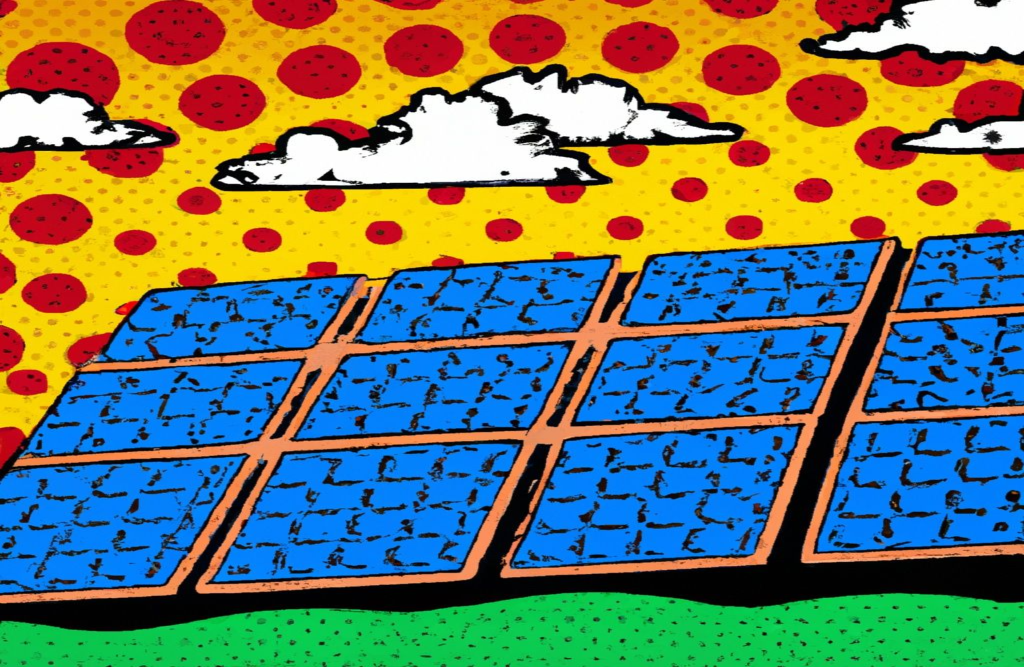
© Shutterstock
For the 2014-2020 programming period, the European Union allocated around 5.9 billion Euros under its cohesion policy to implement renewable energy projects. An overview of the data
351.8 billion Euros: these are the resources that the European Union allocated to cohesion policy between 2014 and 2020 (a new seven-year cycle of financial programming opened in 2021). These resources, which made up around a third of the overall EU budget, went to finance hundreds of thousands of projects across Europe, aimed at making EU territories more integrated, efficient, and sustainable. Among other objectives, cohesion funds have also played a significant role in supporting the European Union's transition towards renewable energy sources.
These funds financed collaboration between research institutes and companies and supported the development of innovative technologies. Investments were made to develop infrastructure for renewable energy, such as transmission and distribution networks or storage plants. Cohesion policy also provided substantial financial support for the construction of wind farms, solar power plants, biomass plants, and other clean energy facilities.
EU funds for renewables
Overall, during the 2014-2020 period the EU allocated around 5.9 billion Euros in investments for renewable energy projects. These can be divided into four macro categories, based on the type of source used: wind energy, photovoltaic energy, biomass, and other renewable energies (hydroelectric, geothermal, marine). Most of the funds went to plants for the exploitation of solar energy: almost 2.78 billion, i.e. 47% of the total. Biomass and other renewable energies follow with around 1.3 billion each, followed by wind energy with 513 million Euros.
However, these funds were distributed very differently between the member states, both in terms of the total amount of funds allocated to each country – largely linked to the quantity of cohesion funds to which each region is entitled, but also to the priorities set by governments and local authorities – and for the allocation between the different types of renewable energy.
Poland stands out, with around 1.56 billion Euros – more than a quarter of the total funds allocated by the EU for renewable energy projects in recent years. Spain follows with 951 and Hungary with 689. Other countries, especially in northern Europe, only received a few million Euros for projects in this sector. In some countries, such as Bulgaria, no significant renewable energy project appears to have been financed. Furthermore, 130 million Euros were allocated in this sector also within the INTERREG framework, i.e. transnational projects which involve multiple regions spanning different EU countries.
The graph shows some differences in the approach of different EU countries to energy production and the energy transition. In France, for example, biomass is the renewable energy that has benefited most from European funding. In Romania, wind energy projects received the same funding as solar energy projects – contrary to what happens in most other member states – so much so that Romania alone received over a third of the total funding allocated by the EU for wind power plants.
Renewable energy projects financed by the EU
The 5.9 billion invested by the EU cohesion policy in renewable energy went to support over 12,000 projects, each receiving on average around 360,000 Euros. These projects actually represent only a part of the total, as many are still in the implementation or completion phase and therefore have not yet been fully accounted for.
Thanks to the data published by the European Commission, it is possible to locate on the map 11,195 projects for which information is currently available. In addition to the description of the project, the map shows who received the funds and how much was invested by the EU.
Fra i progetti consultabili, quello più significativo dal punto di vista economico è stato “My electricity”, un progetto realizzato in Polonia a cui l'Ue ha contribuito con più di 193 milioni di euro. Il progetto si inserisce nel solco delle politiche europee a favore delle di cittadini che producono energia pulita: prevede infatti decine di migliaia di micro-installazioni di pannelli fotovoltaici in zone residenziali in tutto il paese. Questi pannelli beneficiano persone fisiche, così che i cittadini, oltre ad essere consumatori di elettricità, ne diventino anche produttori attraverso l’energia solare.
Among the projects available for consultation, the most significant from a financial point of view was "My electricity", a project carried out in Poland to which the EU contributed more than 193 million Euros. The project is part of European policies supporting energy communities of citizens who produce clean energy: it involves tens of thousands of micro-installations of photovoltaic panels in residential areas across the country. These panels benefit citizens who, in addition to being consumers of electricity, also become producers through solar energy.
Future financing for the climate transition
When the EU's multiannual budget 2021-2027 was defined, the cohesion policy funds to be allocated to renewable energy were increased. It is still early to have detailed information on the individual projects, which are slowly taking shape. Looking at the macro categories of fund allocation, the EU has allocated more than 92 billion Euros for environmental projects, of which 8.9 billion will go to renewable energy projects – an increase by more than 50% compared to the funds allocated in the period 2014-2020.
This content is published in the context of the "Work4Future" project co-financed by the European Union (EU). The EU is in no way responsible for the information or views expressed within the framework of the project. The responsibility for the contents lies solely with OBC Transeuropa. Go to the "Work4Future"






 To Top
To Top